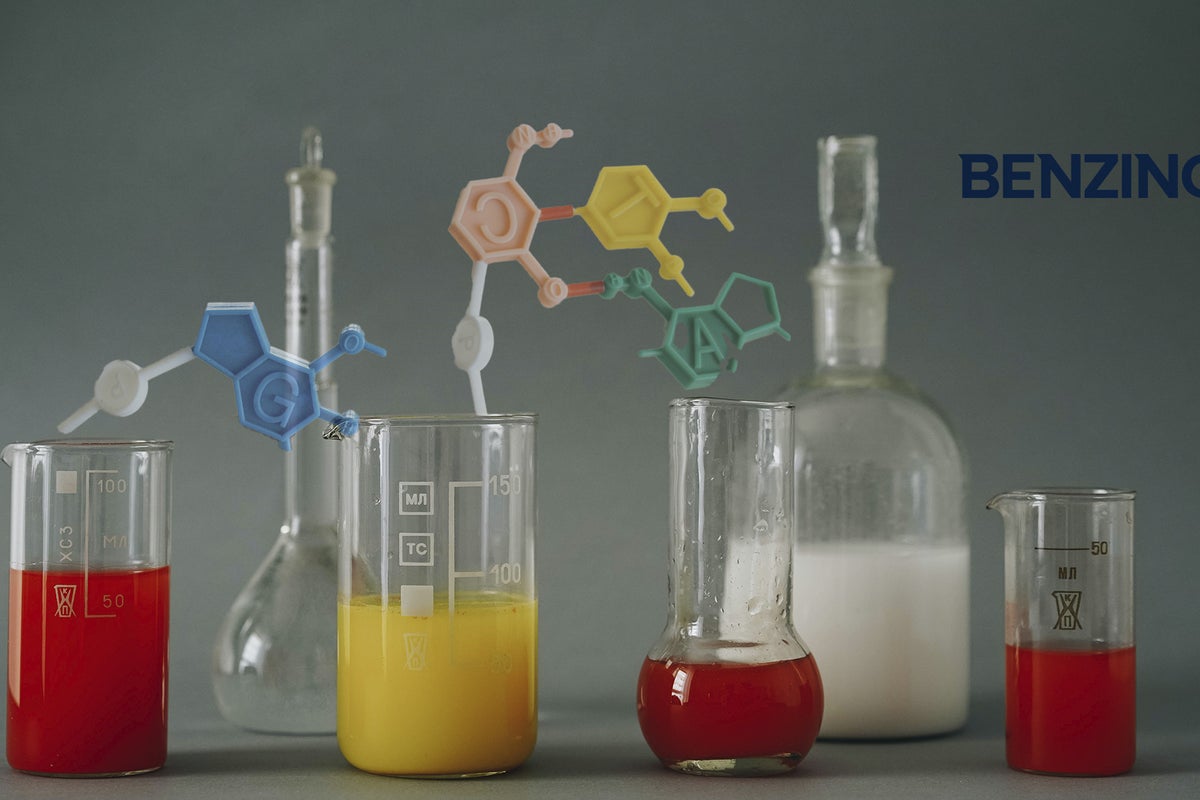[ad_1]
Clinical stage psychedelics company atai Life Sciences ATAI and its majority-owned subsidiary Perception Neuroscience completed patient enrollment for their Phase 2a clinical trial assessing the safety and efficacy of a single intravenous infusion (IV) dose of proprietary R-ketamine PCN-101 for patients with Treatment-Resistant Depression (TRD).
“This is a critical study and the first to assess the efficacy, tolerability, and duration of action of PCN-101 in a double-blind manner,” to which another study comparing the IV vs. the subcutaneous formulation would later follow, as explained Perception CMO Dr. Maju Mathews.
Perception’s CEO, Terence Kelly added that,“An estimated 100 million people worldwide live with TRD. These patients are more likely than those with milder depression to experience serious complications, ranging from physical comorbidities to suicidal ideation and suicide attempts. PCN-101 has the potential to offer those with TRD a rapid-acting antidepressant that can be administered in the home.”
Atai, co-founder and CEO, Florian Brand said that completing the enrollment of this Phase 2a trial is an important achievement and represents a major step towards potentially delivering a novel care option for mental health patients with unsupervised, at-home administration.
“Changing the treatment landscape for TRD may not only alleviate the suffering of the 100 million people living with TRD around the globe, but also decrease overall healthcare utilization, bringing us closer to realizing our vision of healing mental health disorders so that everyone, everywhere can live a more fulfilled life,” Florian said.
The Phase 2a proof-of-concept trial is a randomized, double-blind, placebo-controlled study with an enrollment target of 93 TRD patients divided in three groups. With the last patient expected to be dosed this week, the company expects to reach 100 of the total participants.
All of them must have previously failed at least two rounds of antidepressants in order to enroll. Within the trial, they received either a single dose of placebo, 30 mg, or 60 mg of PCN-101 via IV in addition to their existing treatment regimen.
Patients’ potential changes in their depressive symptomatology are assessed through the Montgomery-Asberg Depression Rating Scale (MADRS) at intervals over 14 days with the primary endpoint at 24 hours post-dose. Dissociation and sedation are measured using the Clinician-Administered Dissociative States Scale (CADSS) and the Modified Observer’s Alertness/Sedation Scale (MOAA/S.)
Topline results are expected for the end of 2022 when both atai and Perception would publicly share them.
More On PCN-101
Developed by Perception specifically for TDR, PCN-101 is a single isomer (“R”) of ketamine. The compound belongs to a new generation of glutamate receptor modulators that could potentially hold a rapid-acting antidepressant (RAAD) activity and anti-suicidal effects.
Pharmacologically, PCN-101 is a non-competitive N-methyl-D-aspartate (NMDA) receptor antagonist. Pre-clinical depression model studies suggest that R-ketamine could have more durable and potent effects than S-ketamine despite a lower affinity to the NMDA receptor and potentially a more favorable safety and tolerability profile.
Photo courtesy of Olia Danilevich on Pexels.
[ad_2]
Image and article originally from www.benzinga.com. Read the original article here.

